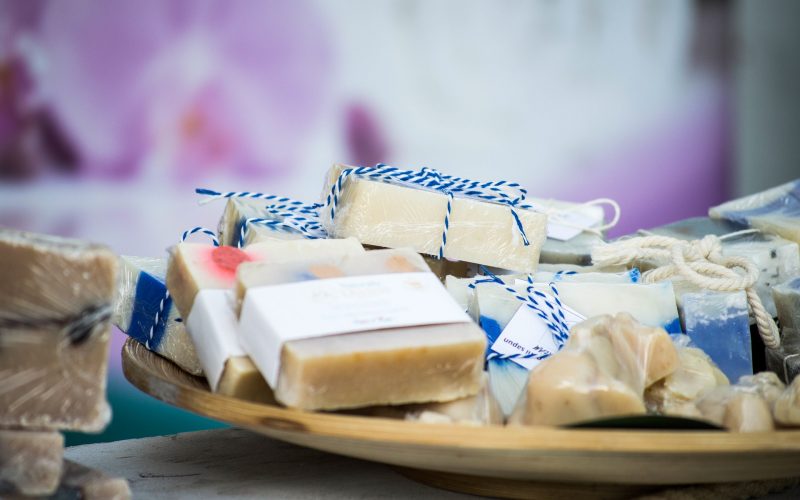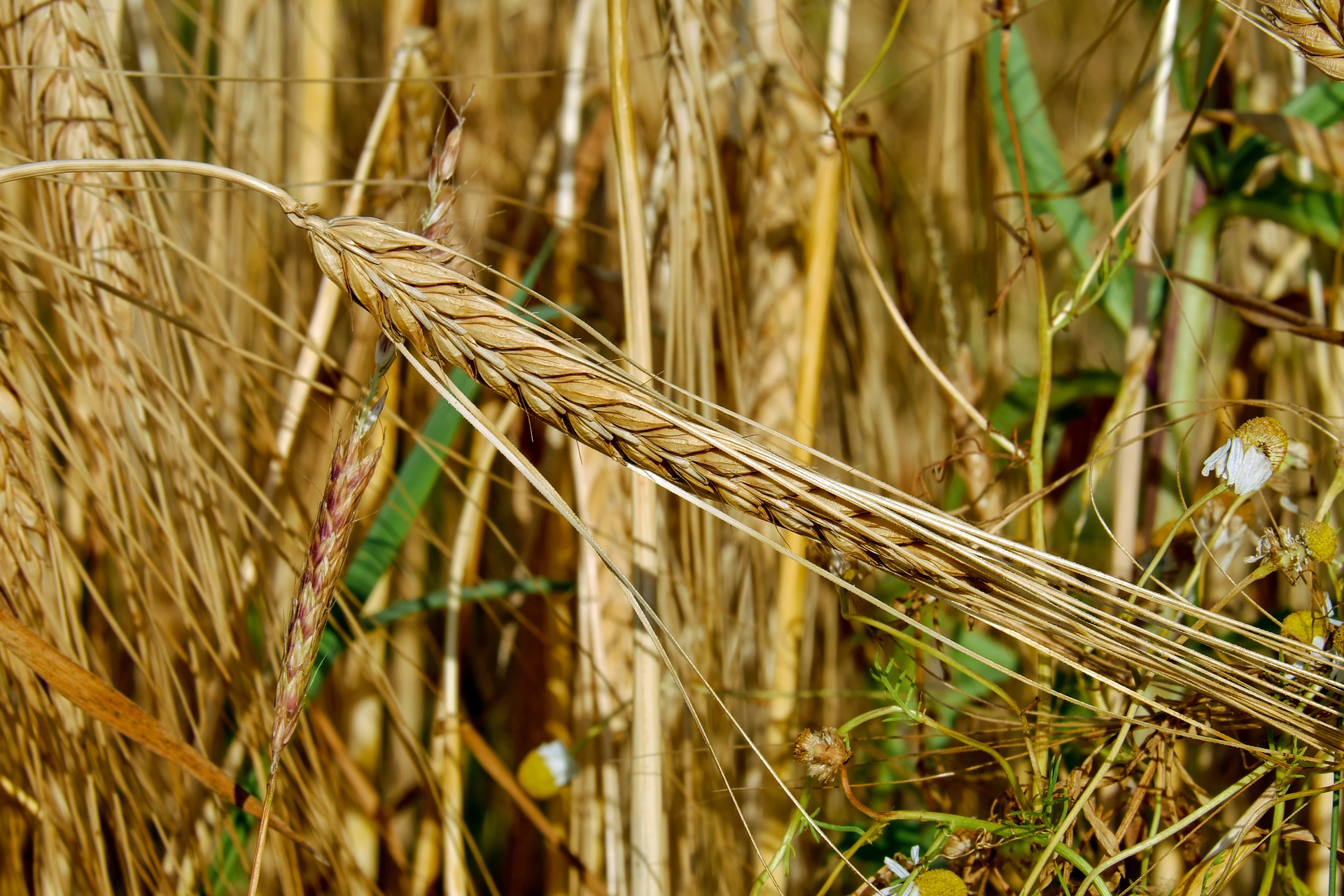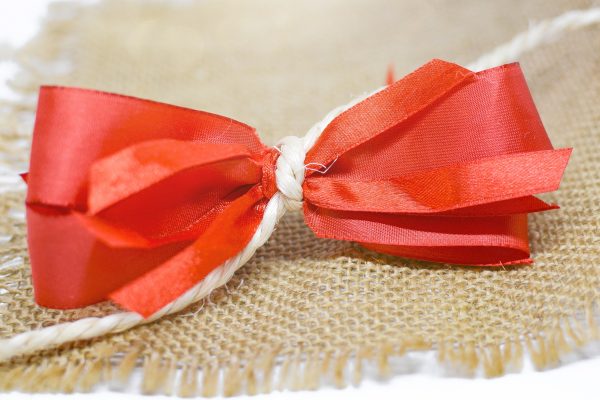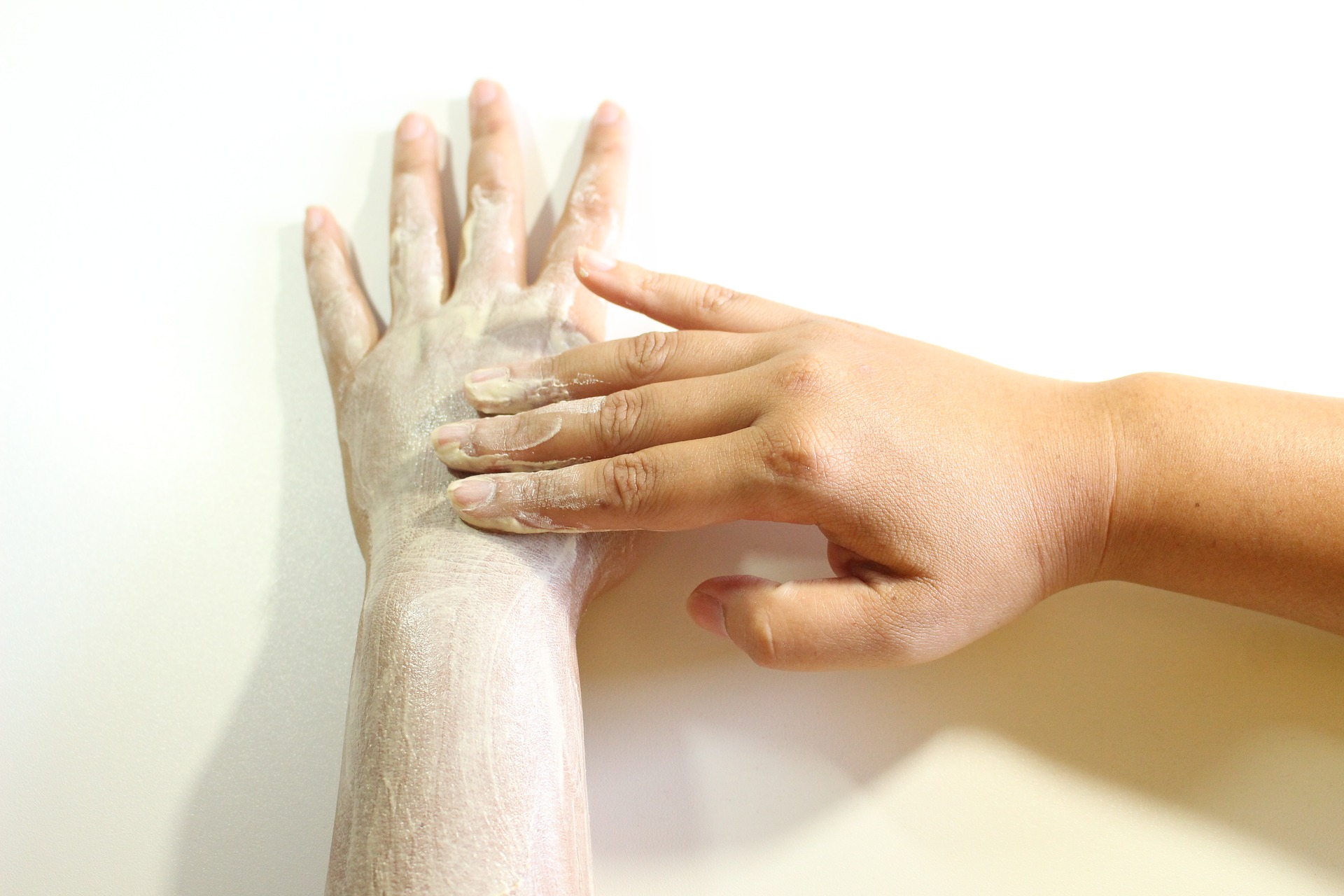About two years ago I participated in a workshop to learn how to make my own soaps. Before the workshop, I had watched countless videos on soapmaking but I was still uncertain about it all. So I took the workshop, gained some confidence, and went to make my own soaps.
Not long ago I decided to stop making soaps.
This post details my journey, from my initial fears to my reasons to stop making my own soap.
Why respect but not fear is key in soap making
The reason I was fearful to start making my own soap was the fact that I had to work with lye. I had read all safety warnings about lye and was afraid of doing it wrong.
Working with lye does require quite some respect. For example, water and lye should really only be mixed outside or in an extremely well-ventilated room. The fumes resulting from the chemical reaction are no joke. On my very first attempt at soap making, I started mixing lye and water inside but quickly moved outside. It was simply too strong for my liking.
Further, it is very important to pour the lye into the water, not the other way around. As soon as the lye gets in contact with water, the reaction begins. If you accidentally pour water into lye it can result in an explosion (luckily that never happened to me!).
Once the lye is mixed with the water it needs to be handled with caution. It’s hot and caustic which can result in chemical burns to anything touching it. I always wore goggles, a face mask, long sleeves, and gloves at this stage.
Even when the water-lye mixture is combined with the oils, the mixture remains caustic and caution is key.
All these warnings kept me from trying soap making on my own for a few months until I saw it being made with my own eyes.
The advantage of making soaps at home
After I got over my fears and turned them into respect for the matter, soap making became interesting. I worked with “The Complete Idiot’s Guide to Making Natural Soaps” by Sally W. Trew ad Zonella B. Gould which gave me great guidance in developing my own recipes.
I really enjoyed putting oils together I liked and turning it into soaps. I even experimented with additives (which didn’t work great; not a good idea for a beginner!). From the op-shop, I got myself some funky silicone shapes which made my soaps look different.
And the best part for me was that I knew what went into my soaps. I didn’t hesitate to give them to my kids and enjoyed using something I had made myself.
Why I stopped making my own soaps
I have since stopped making my own soaps for a few reasons.
Firstly, it takes time to make soap. I’m not just talking about the time it takes to mix the oils and the water-lye mixture but the amount of time it takes to cure the soaps. It takes at least 4 weeks until I could use my creations and I’m not good at waiting to see if something worked or not.
Secondly, I always ended up with too much soap. I used the smallest amount of ingredients which I thought feasible but I always ended up with so many soaps that it would last for months to come. This time frame, coupled with the curing time, led to maybe three batches of soap per year. That wasn’t a whole lot for someone like me who wants to experiment. Especially if a soap didn’t turn out great, I still had bars and bars lying around, using up my space.
Thirdly, I found great unpackaged soap at our local co-op shop. There are countless soap makers around, some greater than others. I, however, found one I really liked and started using her products rather than making my own. When it comes to soap making, I learnt that the issue of scale is an issue: it takes just as much effort to make one bar as it does to make 100 (okay, almost). For me, it just wasn’t worth it to make a small batch, wait four weeks until the soap had cured and then to use the same soap for three months. I wanted variety.
And that’s why I gave up soap making. Maybe I should add that I gave it up for now because who knows, I might start back up again. Making my own soap is fun and creative. And it can be a great way to understand your skin care better.




